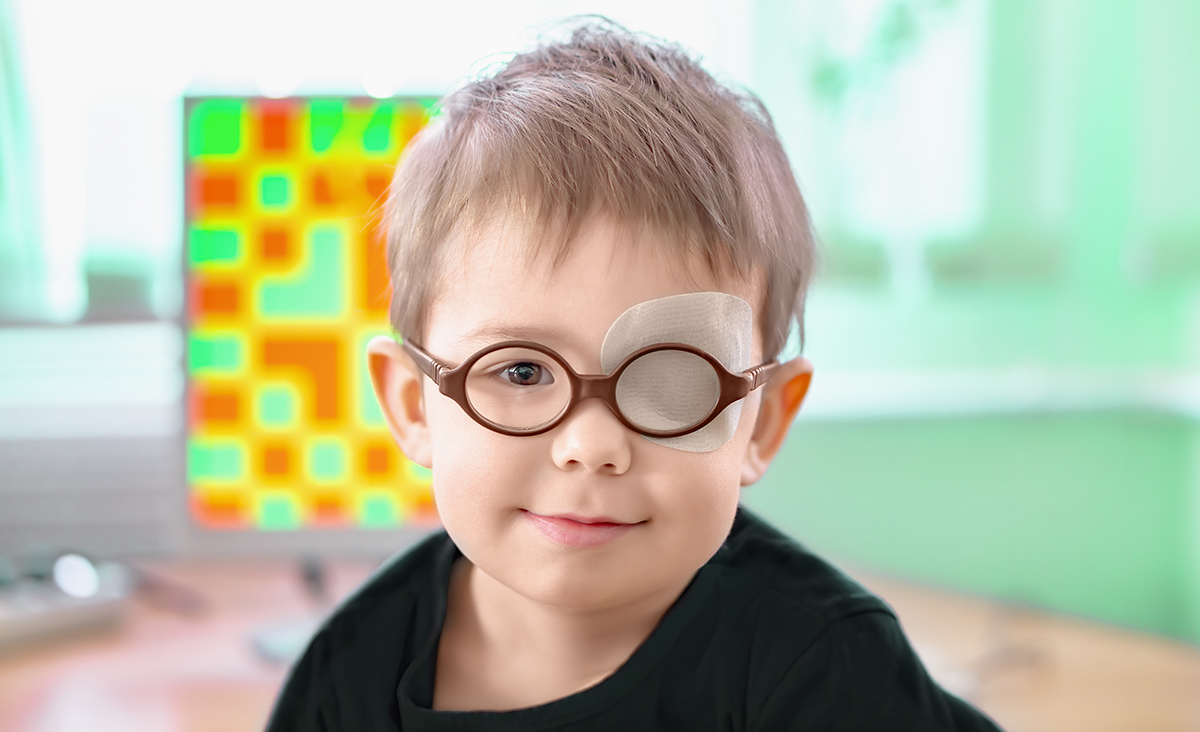Amblyopia
Posted on
When you think of “lazy”, you probably imagine lounging on the couch with snacks in one hand and a TV remote in the other—but when it comes to vision, there’s a different kind of lazy. It’s called amblyopia; you may know it as the lazy eye.
With an onset in childhood, untreated amblyopia can have severe effects on a person’s eyesight; it’s the leading cause of vision loss in kids. Treatment, however, is quite easy and effective. Eye care providers will likely first ensure the patient is wearing glasses with the adequate prescription at all times as it is key no matter the treatment option. Once issued a diagnosis of amblyopia, a patient will use one of the following two methods to help strengthen their weak eye. It entails subduing the strong eye in order to force the weak eye to strengthen itself.
The first treatment option is a stick-on eyepatch. Treatment details can vary, as some children will need to wear the patch for just two hours per day while others will need to wear it during each waking hour. It’s the original treatment option, but may be difficult to use on some patients as younger children are prone to pulling it off.
The alternative option can be equally as effective—and some parents prefer the ease of it. This once-a-day eyedrop treatment is used similarly to the eye patch: On the strong eye. The eyedrop, which contains atropine, acts to temporarily blur near vision, thus shifting the responsibility of sight to the untreated eye. An eyedrop a day keeps the doctor away.
All children between ages three and five need to see an eye doctor at least once. Some children are at higher risk for developing amblyopia. Here are the factors that suggest a child falls into that higher risk category:
- They were born prematurely
- They were born smaller than average
- They have a family history of amblyopia, childhood cataracts, or other eye conditions
- They have developmental disabilities
With proper treatment, your child’s vision may begin to see improvements within weeks. The peak results will arrive after months, and occasionally reinstating the treatment method thereafter may be required to keep amblyopia at bay. Treatment is essential; kids who grow up without it are prone to suffer from lifelong vision problems.
To schedule your child’s eye exam, call us at (559) 486-2000.
Read more at https://www.nei.nih.gov/learn-about-eye-health/eye-conditions-and-diseases/amblyopia-lazy-eye.
